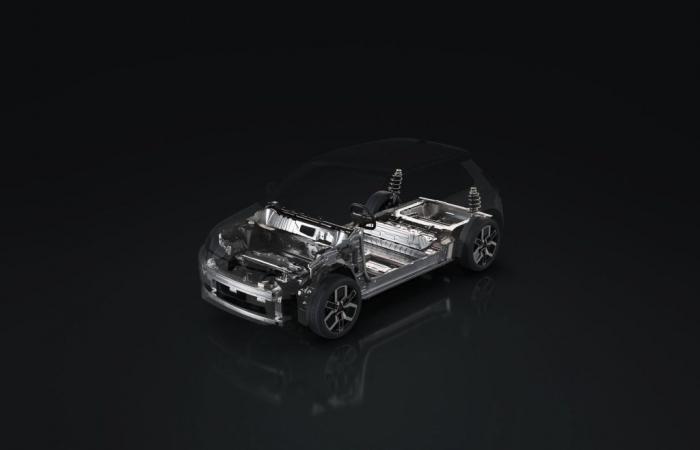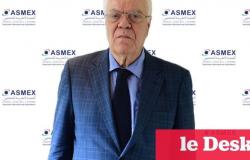LG Energy Solution and CATL will produce new batteries for Ampere (Renault). A significant change since these will be LFP (lithium-iron-phosphate) chemistry batteries, rather than NMC (nickel-manganese-cobalt). These are scheduled to arrive on the market very soon, while the R5 E-Tech will be equipped with them from the first half of 2025. It is the one that will inaugurate them, but other models will follow, including at Alpine, we learn from a press release from the manufacturer which indicated that “cThis decision is an effective and innovative response to market volatility and changing technologies.”
Despite the abandonment of its IPO, it is in the name of Ampere that the order was placed today. As a reminder, Renault has been seeking to modernize since 2021 and now separate its activities in electric from that in thermal engines, in the service of hybrid engines. So we have on one side Ampere, which should have raised funds by going public, but which was cooled by market conditions, and on the other “Horse”, in partnership with the Chinese group Geely.
The urgency of the transition to the LFP
Until now, Renault had not gone beyond LFP – unlike Stellantis – and continued to opt for the type of battery offering the greatest efficiency, despite its price: the NMC battery. Because if an LFP battery is less expensive than an NMC battery, it also has a lower energy density. Things are changing today, and the importance of being competitive in terms of price to offer electric cars for less than 25,000 euros is increasing. Faced with the R5 E-Tech, Citroën has already opted for an LFP battery on the ë-C3.
Renault has therefore signed with two major players in Asia for the production of batteries for electric cars. LG and CATL are major partners of most car brands, from the Volkswagen group to Tesla, including Ford and Mercedes. Behind CATL and LG Energy Solution, players like Panasonic, and BYD. According to the press release published by Renault, the supply of new LFP batteries extends until 2030, with the condition of production in their respective European factories: Poland for LG and Hungary for CATL.
A battery that pushes Renault away from French production
The idea of producing in France is therefore no longer on the table for the moment. With AESC Envision, its supplier of NMC batteries, the French manufacturer boasted of a production plant in Douai that would supply its electric city car. But AESC Envision reportedly refused to produce LFP batteries, we learned from the newspaper The echoes in May. The new LFP batteries from LG and CATL should at least replace the 40 kWh NMC battery originally planned to equip the entry-level Renault R5 E-Tech, with a range of 300 km.
Which other French player could supply Renault? In the end, only Verkor and its “high-performance” NMC batteries remain in Dunkirk. It is difficult to find one in the short term, because ACC (Automotive Cells Company), which has been producing batteries in Douvrin (Pas-de-Calais) since May 30, was born from an investment by Stellantis, Mercedes and TotalEnergies. It was also focused on NMC batteries before announcing a few weeks ago that it was freezing its investments on the NMC side to catch up on the LFP side. Inevitably, the first customers served will be its manufacturers who invested in the project.
NMC chemistry is not dead yet, but it is quite clear today that it will not be the battery of choice for manufacturers on their low-cost models. They will nevertheless continue to be installed under the floor of electric SUVs and sedans, models whose race for autonomy is still as important as ever. Beyond 500 kilometers, it will still be very difficult to opt for LFP chemistry, despite the risks of overheating around NMC batteries, their energy density remains higher.
To not miss any news from 01net, follow us on Google News and WhatsApp.





